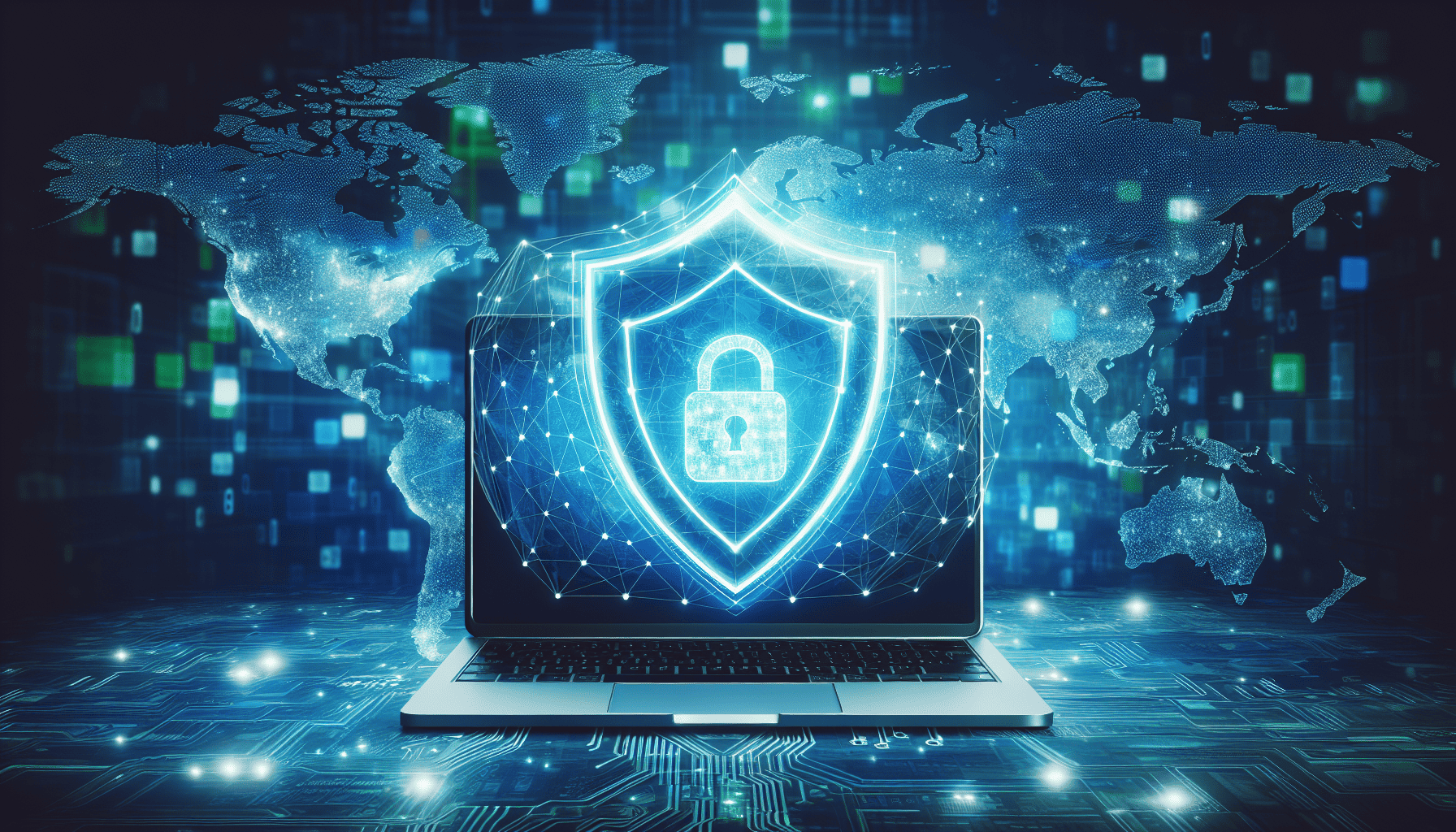In today’s rapidly evolving digital landscape, safeguarding your digital space has become more critical than ever. Cyber threats are growing in sophistication, and the potential for damage—whether personal, financial, or reputational—is significant. Implementing robust cybersecurity measures, therefore, is not just an option but a necessity.
The foundation of effective cybersecurity starts with understanding the common threats we face. Hackers employ a wide array of tactics, from phishing scams designed to steal sensitive information to ransomware attacks that lock down systems until a payoff is made. Each threat underscores the importance of a vigilant and comprehensive cybersecurity strategy.
One of the most effective measures is to ensure regular updates and patches to your systems and applications. Developers constantly discover vulnerabilities and release patches to address them; ignoring these updates can leave your systems open to exploitation. Automating these updates ensures that your system remains secure without requiring constant manual oversight.
Moreover, strong password policies are critical. Encouraging staff and users to create complex, unique passwords—and to change them regularly—can protect against unauthorized access. Implementing two-factor authentication (2FA) provides an additional layer of security, requiring users to verify their identity through two different means before gaining access.
Education and awareness among all users are equally essential. Cyber threats often rely on human error, so training employees to recognize and respond to potential threats can significantly reduce risk. Regular workshops and training sessions can arm employees with the knowledge to identify phishing attempts and other cyber threats.
Investing in reliable cybersecurity software is another important step. Antivirus and anti-malware programs can detect and neutralize threats before they cause harm. Advanced programs use artificial intelligence to predict and respond to new threats in real time, adapting to an ever-changing threat landscape.
A comprehensive data backup strategy is also indispensable. Regularly backing up data ensures that critical information can be restored in the event of a breach or data loss. Consider using encrypted cloud storage options, which offer secure off-site data copies that can be accessed from anywhere.
For businesses, conducting regular risk assessments can identify vulnerabilities before they are exploited. These assessments allow organizations to apply resources strategically, strengthening weak points and ensuring that cybersecurity measures evolve with emerging threats.
Lastly, adhering to compliance regulations is crucial for safeguarding not only personal and customer data but also maintaining business credibility. Compliance with standards like the General Data Protection Regulation (GDPR) or the Payment Card Industry Data Security Standard (PCI DSS) demonstrates a commitment to data security practices.
By implementing these layered cybersecurity measures, individuals and organizations can greatly reduce their risk of falling victim to cybercrime. In a world where digital threats are a constant, staying informed, vigilant, and proactive is the key to preserving the integrity of our digital environments.
